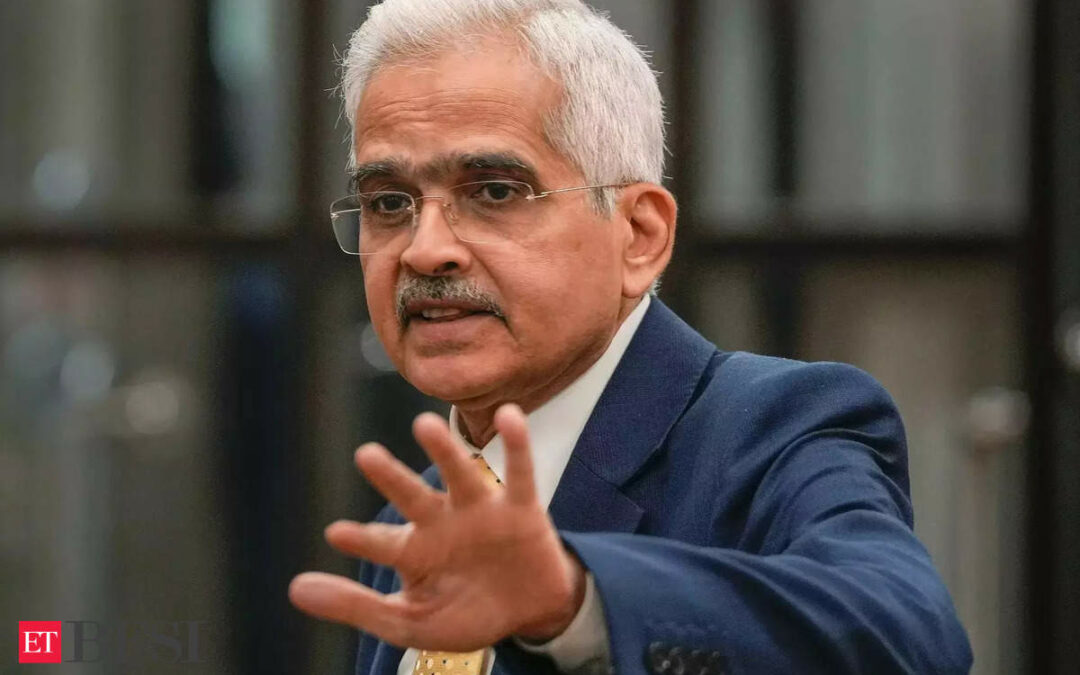The Reserve Bank of India (RBI) has maintained its stance on the repo rate for the eighth consecutive monetary policy review, marking the longest period of unchanged policy rates since 2000. This extended pause reflects the central bank’s cautious approach as it waits for the final phase of disinflation to materialize before considering rate cuts, experts say.
Despite inflation not aligning with the central bank’s 4% target for the eighth straight policy meeting, the RBI’s decision has been influenced by more than just inflation concerns. The current economic environment, characterised by robust GDP growth, has allowed the RBI to adopt a wait-and-see approach. With a projected GDP growth of 8.2% for 2023-24, India remains one of the fastest-growing economies globally. Additionally, headline inflation is expected to average 4.5% for the financial year, which is relatively close to the RBI’s target.
Some market observers believe that rate cuts will only occur if there are signs of weakening growth, expected towards the end of the fiscal year due to a potential slowdown in corporate investment and rising input prices. Weak consumer demand is also anticipated to contribute to a slowdown. However, others argue that the RBI may not reduce rates throughout the year if growth remains strong, with only minor setbacks.
There are also predictions that the RBI might act sooner, potentially in the next policy review in August. By then, the central bank will have more clarity on fiscal policy following the new government’s budget presentation and a clearer outlook on food prices post-monsoon, they say. The fact that two members of the six-member monetary policy committee voted in favor of a rate cut in the latest meeting has fueled speculation that the RBI may not delay much longer.
Strong growth
The RBI’s ability to maintain this pause is bolstered by strong economic growth. Even if policy rates remain restrictive for an extended period, the central bank believes it can manage the consequences, experts say. In a slower growth scenario, closer to 6%, the RBI might have already initiated rate cuts. However, high food prices, which are beyond the control of monetary policy, have kept inflation elevated. The RBI has emphasized its commitment to anchoring inflation expectations by resisting calls for rate cuts.
The central bank’s confidence is further supported by an upward revision of its GDP growth projection for the current fiscal year to 7.2% from the previous 7.0%. This revision is notable given that it is based on a higher growth base, recently adjusted upward by the National Statistics Office.











